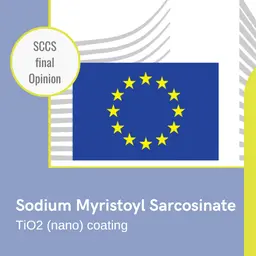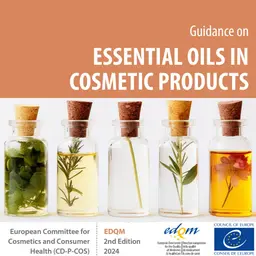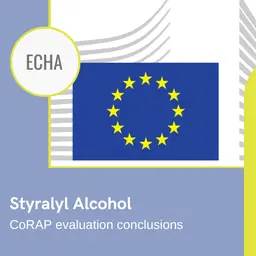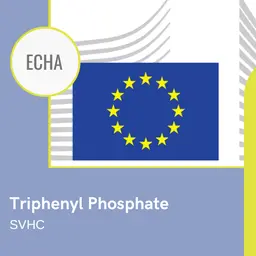
Sophim, manufacturer of natural cosmetic ingredients, presents its new emollient, Phytosqualan: a squalane of vegetable origin, made from a renewable raw material, the olive, and obtained by an upcycling process. An active ingredient that promises regenerating, soothing, moisturising and texturising properties, as well as facilitating the dispersion of pigments. All this with an environmental profile that is above suspicion…
Squalene molecule (C30H50) is a major component of human sebum and is also found in some vegetable sources. Its hydrogenation gives squalane, a highly stable molecule, used as a emollient.
An upcycled raw material, natural and renewable
Due to recent disruption of supply chains, and rising consciousness about the origin of beauty products, more and more companies are looking for a local sourcing.
For over 30 years, Sophim has been using olive as its main raw material, a renewable key ingredient in the production of vegetable squalane.
It uses upcycled byproducts from the agro-food industry as its raw material to produce Phytosqualan.
The by-products generated by Phytosqualan production process are valorized into raw materials for other industries.
Properties
Phytosqualan offers a large choise of key properties:
• It restores lipidic skin barrier by preventing TEWL and restoring skin suppleness and is highly moisturizing
• It is a strong carrier due to its high compatibility with skin components: it is a great vector for active ingredients and enhances pigments dispersion
• It allows to develop extra soft textures, and provides smoothness, non-greasy feel, high penetration rate, while beeing easily spreadable
Efficacy
Regenerating and smoothing effet of Phytosqualan, on top of its …













